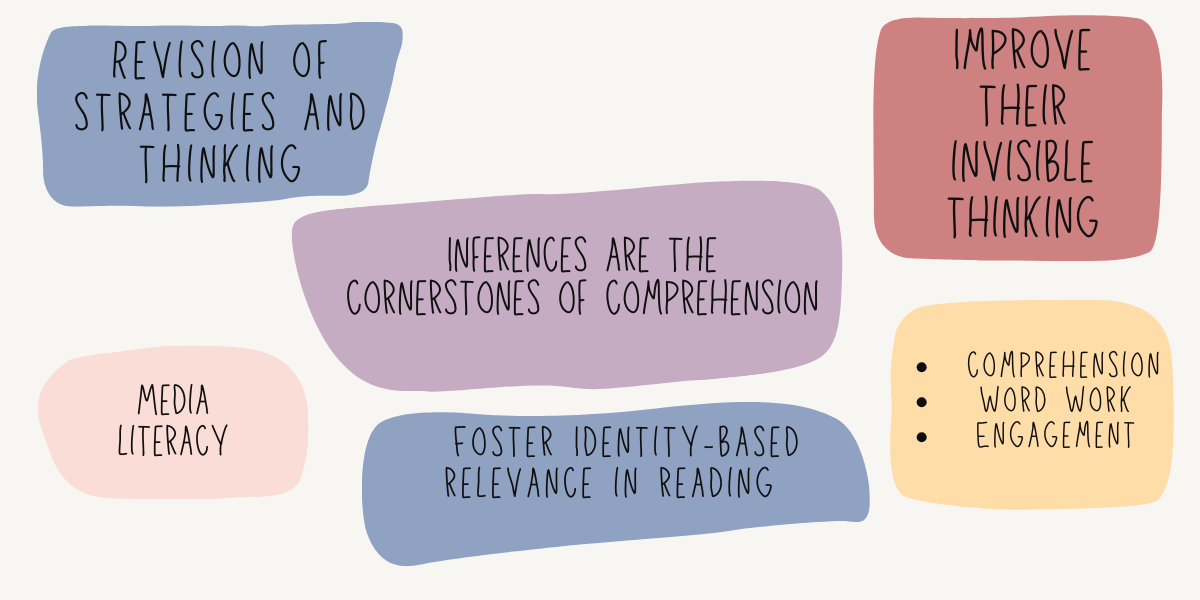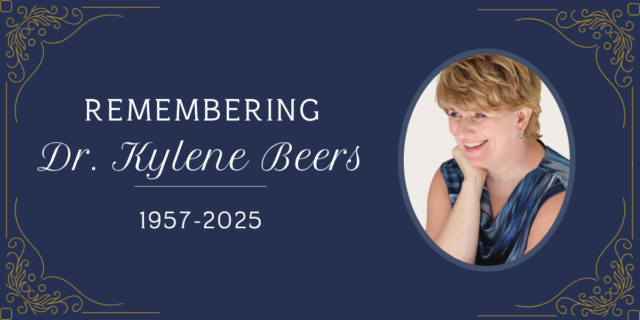
Two decades following the publication of the first edition, Kylene Beers delivers a newly updated edition of the practical and impactful guidebook for teachers, When Kids Can’t Read — What Teachers Can Do, Second Edition that meets the critical needs today’s students face.
Kylene recently visited the Heinemann podcast to talk about The Journey to the Second Edition of When Kids Can't Read. Listen here.
What’s new in the second edition of When Kids Can’t Read?
As the 20th anniversary of When Kids Can’t Read drew near, Kylene saw an opportunity to “revisit [her] thinking and see what’s changed and hasn’t changed over those 20 years.” Shaped by decades of experience and bolstered by the latest research, Kylene’s second edition reflects the ways in which her thinking around reading has shifted since the release of the first edition. “That’s what you hold now in your hands... not just the revision of strategies, but the revision of my thinking... It’s really a new edition more than it is a second edition.”
How can teachers benefit from the new edition of When Kids Can’t Read?
1. Practical teaching scaffolds and strategies
In the second edition, Kylene offers practical teaching scaffolds to support all students as readers and thinkers. The scaffolds are designed to help strengthen students’ invisible thinking — visualizing, predicting, inferring, connecting, summarizing — by bringing that thinking up to a visible, evaluable level. “The majority of this book is focused on helping kids improve their invisible thinking by sharing with them scaffolds/strategies they can use that bring that thinking out to a level where a teacher can evaluate it.”
2. Easy to navigate and use
The second edition is designed to be used as a handbook. After reading part one, which sets the stage for why reading matters, teachers can use the text as a guidebook and navigate to the parts that are most pertinent to their own learning and their students’ needs. The book is divided into three critical sections:
- Comprehension
- Word Work
- Engagement
3. Numerous additional resources
The second edition includes 40 pages of practical, easy-to-use resources including charts, instructional plans, templates, and word lists. For example, one instructional plan helps teachers define what it means when they say, “This kid can’t read.” “Is it an engagement problem, a vocabulary problem? Is it decoding? Is it comprehension? I just want [you] to be able to own what it means when [you] say, ‘This kid can't read.’”
4. New research and ideas
The second edition brings new ideas and information to teachers. Kylene combines research, student data, and teacher knowledge to reframe “best practice” in a way that gives the teacher agency. She also outlines the different types of inferences that students might need to make. Making an inference is “the cornerstone of comprehension,” and Kylene encourages teachers to think about each type of inference so they can listen to their students and better understand where and how to support them.

What about the new edition is relevant for the modern teacher?
1. Media literacy and reading comprehension
A central aim of the new edition is teaching students to “carefully evaluate what’s happening in a text, fiction or nonfiction.” Kylene provides practical scaffolds so teachers can give their students the tools to think, make decisions, evaluate evidence, and “read both responsibly and responsively,” especially when they encounter texts that come with bias.
2. Understanding the pandemic’s impact
As we emerge from the COVID-19 pandemic and schools attempt to return to a state of “normalcy,” Kylene writes that students are “feeling the stress of needing to catch up and they’re just quitting. So, it says to me, we’ve got to really step back and say, how do we make education relevant to kids?” The new edition speaks to fostering identity-based relevance in reading — rather than relevance by association or usefulness — which might be especially pertinent to student engagement in the wake of the pandemic. “It’s when the relevance is something about me, it’s going to help me personally, it addresses my identity, that we begin to change.”
3. Renewed motivation for educators
Teaching today comes with a new set of challenges and it can be difficult to find the motivation to continue, but the new edition of When Kids Can’t Read seeks to help teachers remain engaged in their work — and to do so with heart. Every chapter of the book begins and ends with a letter to George, a student Kylene taught in her first year of teaching who changed the course of her professional career. “These are letters saying, ‘Sometimes I got it right, George, and sometimes I didn’t, and I’m still trying to figure out how to get it right.’” The letters are honest and reflective and written for teachers who believe that “the best hope we have for tomorrow sits in [our] classrooms right now, today.”
Reading matters because it changes us. It changes the way we think, the way we see the world, the way we process information and dream new thoughts.
This new edition of When Kids Can’t Read—What Teachers Can Do is a guidebook for those who teach students who struggle with reading. Extensively rewritten by Kylene Beers, it offers practical teaching scaffolds and strategies in the areas of comprehension, vocabulary development, fluency, and engagement.



